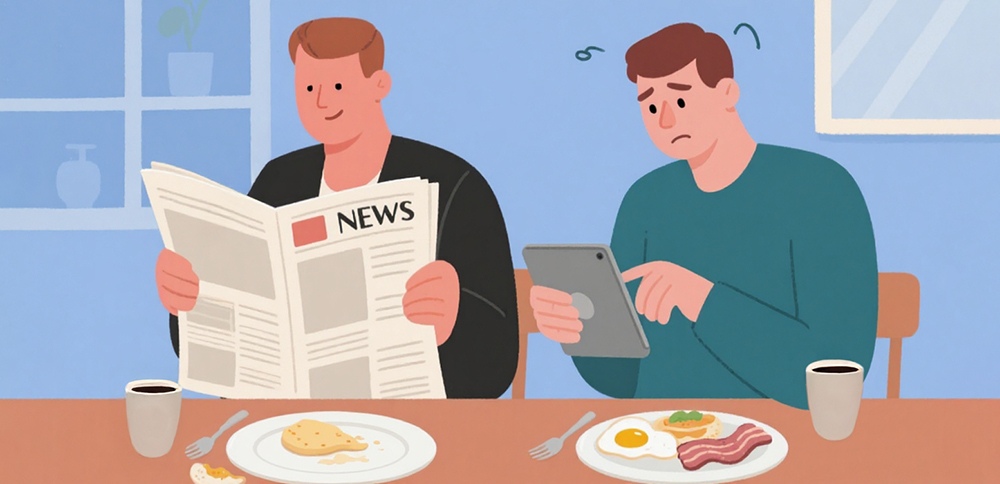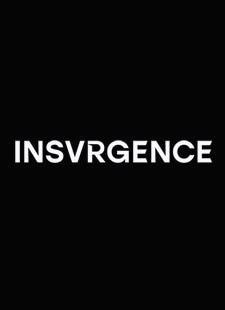The future of print media can be imagined as a breakfast shared by two people at a diner. One is leafing through a print edition of a publication. The other scrolls the same publication online. While the first person is comfortably eating some sunny-side up eggs and toast with the publication open on the table, the other eater is struggling, either with an iPad or with an iPhone so that the patron might hold it in one hand, keeping it close enough to be able to read it while wielding a spoon with the other to eat some cereal, having given up on the messier eggs.
After about 20 minutes, the person with the printed publication had managed to peruse all the headlines, as well as read portions of the key articles. During the same time, the digital user was still sifting through the deluge of news headlines, unsure of what was more important and afraid that he wouldn’t have enough time to go through all of them, which could be indeed the case.
Then, there is the example of those TV trade shows that continue publishing printed program, participant, and exhibition guides, and those that provide only digital versions with QR codes posted in high-traffic areas.
In the first case, finding a name, a session, or an exhibiting stand takes about one minute. In the second instance, it requires at least 10 minutes, providing that the Internet connection is good and that the display device works and has been recharged.
In this hyper-connected society, everyone wants to be super-connected, except, as happened on Monday, April 28, 2025 in Spain, when the digitally-controlled electric grid failed and the whole nation was forced to return to old analog transistor radios for news. This is also the case when the digital displays go black at train stations and travelers must scramble to look for printed train schedules.
In conclusion, the future of printed is not only here now, but will continue to be relevant even after the current digital standards change and digital storage from the past is no longer readable and needs to be converted to the digital standard du jour.









Leave A Comment